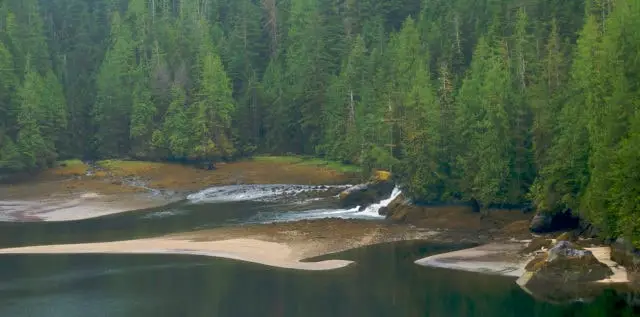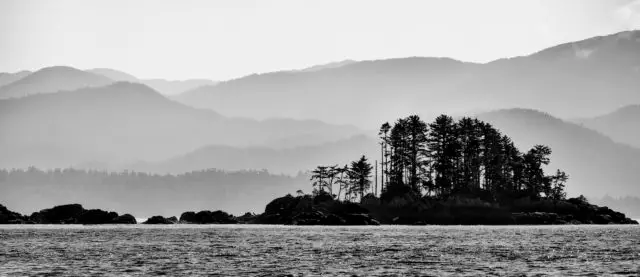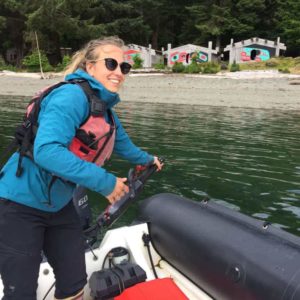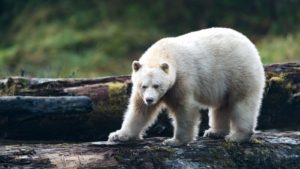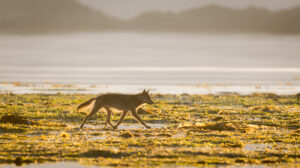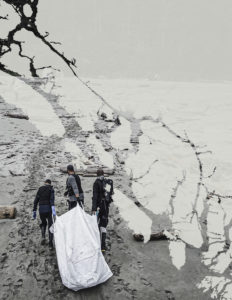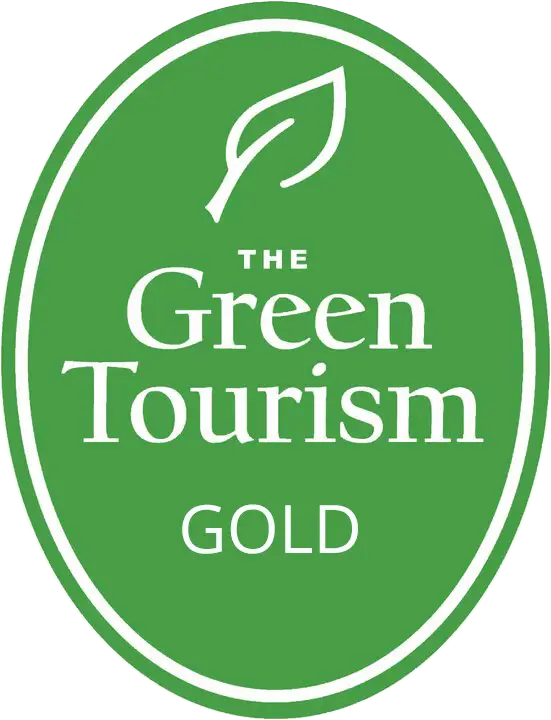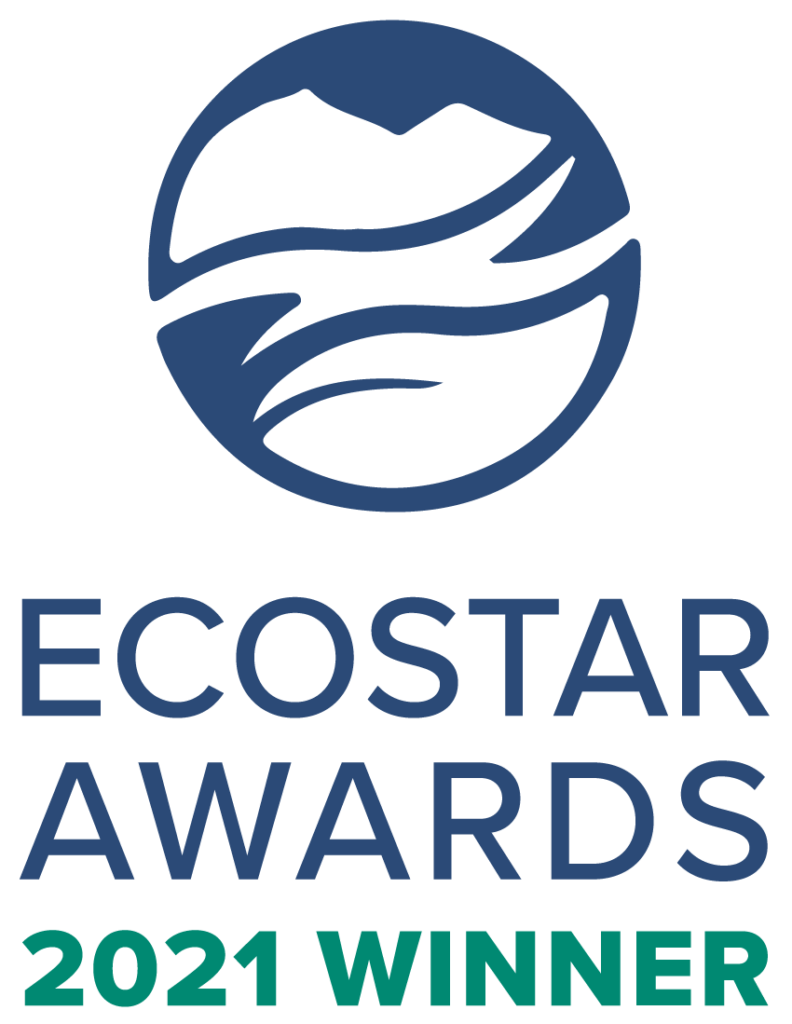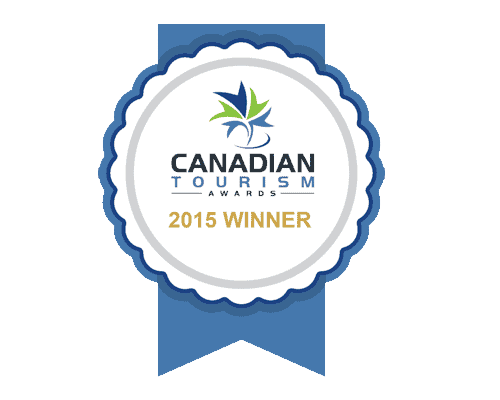-
It’s absolutely massive!
The Great Bear Rainforest is roughly 64,000 km2, or 21 million acres, which spans 400 kilometres from the northern tip of Vancouver Island (on the mainland and surrounding sea), to just south of Alaska! That’s bigger than the province of Nova Scotia, the state of West-Virginia, and Wrangell- St. Elias National Park in Alaska – the largest of all of the US National Parks!
-
It’s the last of its kind
The Great Bear Rainforest is the last and largest tract of intact coastal temperate rainforest on Earth! It is home to an abundance of terrestrial and marine life, including rare species such as the iconic Spirit bear, donning white fur. This area has been under threat due to logging for over 100 years, with 95% of the rainforest sanctioned to be logged only 20 years ago. The logging and mining industries were a major threat to the forest and its inhabitants, and still to this day pose an area of international interest. In February of 2016, the Great Bear Rainforest Agreement was signed to protect 85% of the area from logging. Government and Coastal First Nations are now in agreement to cooperatively manage the area’s natural resources and is being regarded as a sustainable resource management model worldwide.
-
The Great Bear Rainforest is home to the white fur spirit bear!
The kermode (or spirit bear) is a genetic variation of the black bear, found nowhere else on Earth. Certain areas of the Great Bear Rainforest have the highest known concentration of the species, with estimates ranging from 50-300. It is still unknown why the recessive gene has permitted the bear to continue to evolve with white fur. Some believe it is due to the advantage of fishing without alarming salmon with a dark shadow. In Kitasoo First Nation legend, it was the raven that turned 1 in every 10 bears white, to remember the last glacial period when everything was covered in ice.
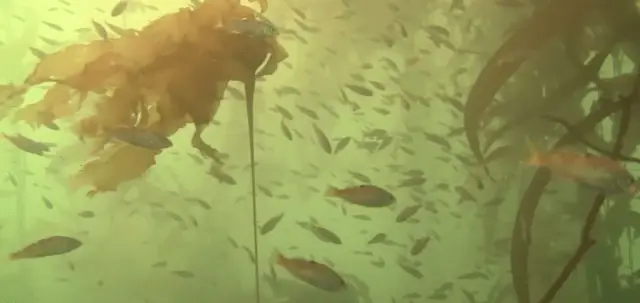
-
There’s an underwater forest too!
When you think of the Great Bear Rainforest, you probably think of well-satiated trees and a lush forest filled with bears, right? Well, that’s exactly what much of the region consists of, however, it is not just about the terrestrial forest. The Great Bear Sea is home to some of the world’s largest kelp forests. Bull kelp is an annual aquatic plant (although some are perennial), which can grow up to 120 feet tall and up to 3 feet in a single day, making it one of the fastest growing plants in the sea and on land. The kelp forests provide a safe haven for marine creatures, from rockfish to sea otters, and everything in between. The underwater forests provide a buffer zone from ocean swell and waves to protect the intertidal areas and shorelines. First Nations used the area between the shore and kelp beds as a primary paddle zone.
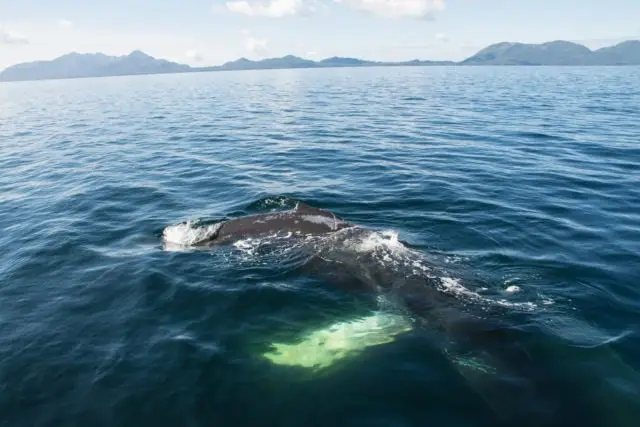
-
It’s a haven for whales!
When you hear rainforest, the first thing that comes to mind probably isn’t whales, but the abundance of whales in the Great Bear Sea (the area lining the rain forest) is astounding! Once believed to be extinct from the area due to over hunting, the humpback whale is making a massive comeback. In 2006 only 42 humpback whales were documented, with that number nearly doubling every year following, with over 400 whales recorded in 2014! Humpbacks even make their way several kilometres up narrow, glacier-carved fjords – deeper than the Empire State Building is tall – to feed on swarms of krill. Fin whales, the second largest mammal on earth, second to the blue whale, are also spotted more frequently in this area, cooperatively foraging alongside (or below) humpbacks. Due to the limited boat traffic and nutrient-rich waters, this an ideal feeding ground for baleen whales. Killer whales are also found frequently in these waters. The northern resident orcas call this area home for a portion of the year – totaling over 200 whales – at no surprise to us, as their diet consists mainly of Chinook salmon, the fattiest of the Pacific salmon species. Transient orcas – marine-mammal-eaters – also find food in abundance with their menu preference of seals, dolphins and other small marine mammals, including other whales!
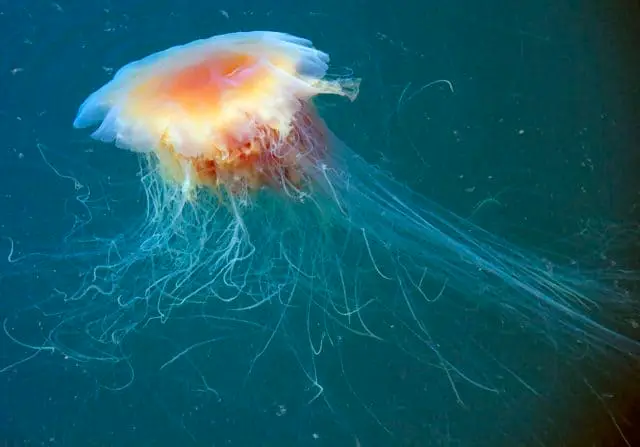
-
The Great Bear Rainforest is one of the most biologically diverse areas on the planet!
Ancient forests – giant Sitka spruce and Western Red cedar, frequently exceeding 1000 years old – support more biomass than any other terrestrial ecosystem in the world, ranging from some of the world’s largest species to the very smallest organisms. The connection to the land and sea is so enmeshed and intertwined and relies so heavily on one another for survival. Because of this cooperation, the sea teems with life and the forest thrives. The area supports the whole food web of life to supply nutrients at every level. The zooplankton and phytoplankton (microscopic organisms) become nutrients to smaller fish such as herring and krill, which are then fed upon by bigger fish and marine mammals. It is believed that plankton provides about 50% (or more!) of the oxygen in the Earth’s atmosphere. The intertidal zone of the Great Bear Sea is home to creatures such as anemones, crabs, chitin, abalone, urchin and so much more. Terrestrial animals range from mink and rodents to deer, bears, wolves, mountain goats and even the rare wolverine! The areas where the ocean meets the land are some of the most biologically diverse regions of the rainforest.
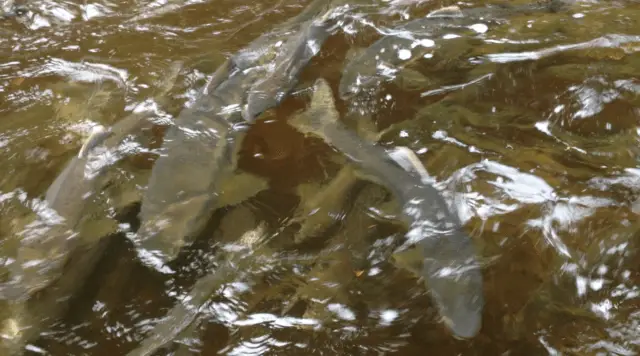
-
It’s a salmon forest!
Main contributors to the nutrient-rich forests, with its dense and vibrant understory, are the salmon and the animals that feed upon them, big and small. Every year Pacific salmon – made up of 5 species: coho, chinook (spring/ king), chum, sockeye, and pink – flood the streams of the Great Bear Rainforest to spawn, attracting all kinds of predatory species to the inlets and estuaries, including whales, seals, dolphins, porpoises, sea otters, sea lions, bears – grizzlies, black bears and spirit bears –, blue herons and bald eagles. The bears and eagles play a vital role in ensuring the nutrients of the salmon are dispersed throughout the forest. As salmon are caught, they are then brought deeper into the forest to be fed upon and the remains are left to decay back into the earth, providing nutrients for the trees to become the iconic coastal giants that we see today.
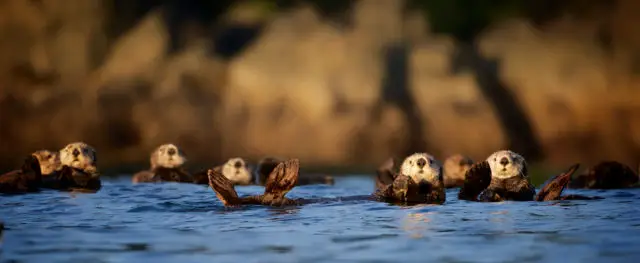
-
Sea otters, once extirpated from the area, are repopulating the outer islands
Sea otters were hunted to near extinction on the BC coast. Their dense pelt (roughly 100,000 hairs/sq. cm) gained them popularity in the fur trade in the 18th and 19th centuries. The effects were ocean-wide when these adorable creatures became scarce. Sea otters primarily eat urchin and therefore without the otters around, the urchin had the opportunity to grow in abundance, creating an imbalance in the ecosystem. As urchin eat kelp, the kelp forests were decimated, creating urchin barons devoid of many species that claimed refuge in the kelp beds. In the 1970’s, 89 Alaskan sea otters were reintroduced to various places along the BC coast. Sea otters are now slowly making a comeback in specific coastal areas, and we’re happy that they have decided to call the Great Bear Sea home once again.
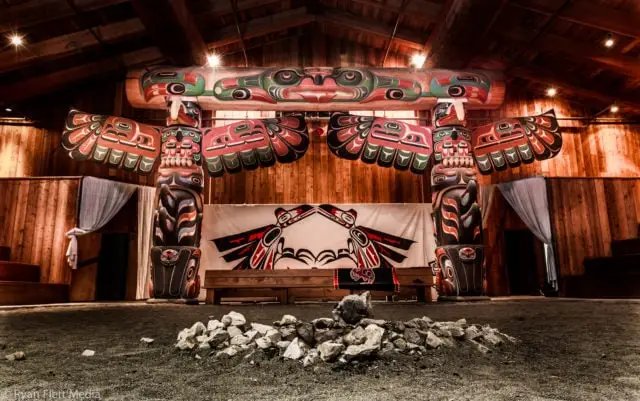
-
Over 27 First Nation groups call this area home
The history of the BC Coastal First Nations dates back more than 10,000 years. They have survived for millennia on the abundance of the land, and protecting this area – naturally and culturally – is of utmost importance. Residential schools mandated by the Government of Canada’s Department of Indian Affairs in the 19th century has left much of their ancestral language and cultural traditions lost. Art of the Coastal First Nations, from totem pole and mask carving to basket weaving and cedar bark clothing, is highly regarded worldwide. Traditional ceremonies called potlatches still take place in Big Houses along the coast. Some ceremonies will go on for days with traditional dances, feasts, storytelling and gift giving. The Coastal First Nations are people of the land, sea, and sky, and are strong believers in protecting this area for generations to come. Ecotourism is the fastest growing industry in the Great Bear Rainforest, contributing to a sustainable economy. By showcasing this area to the world, people will naturally want to protect it from habitat decimation.
